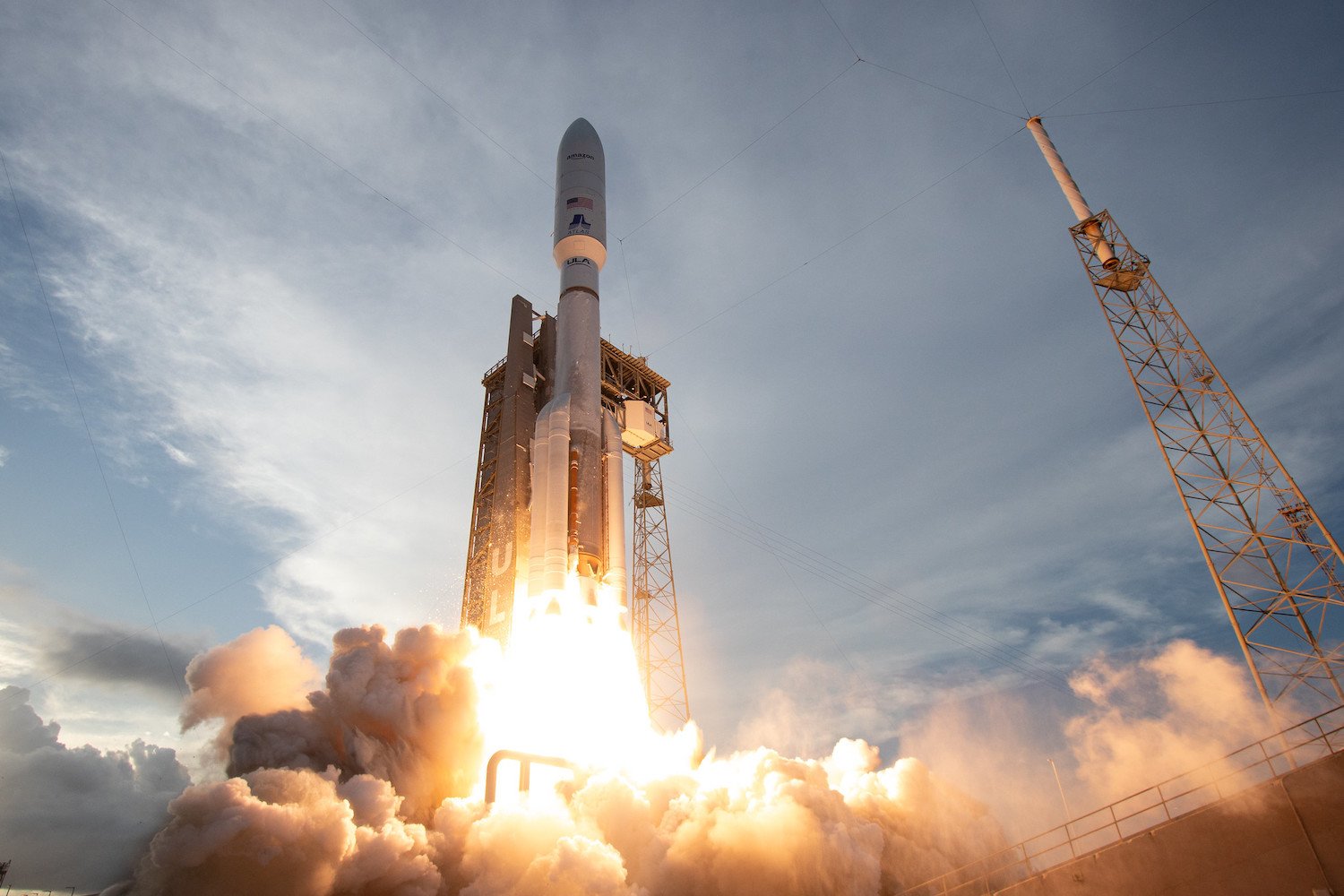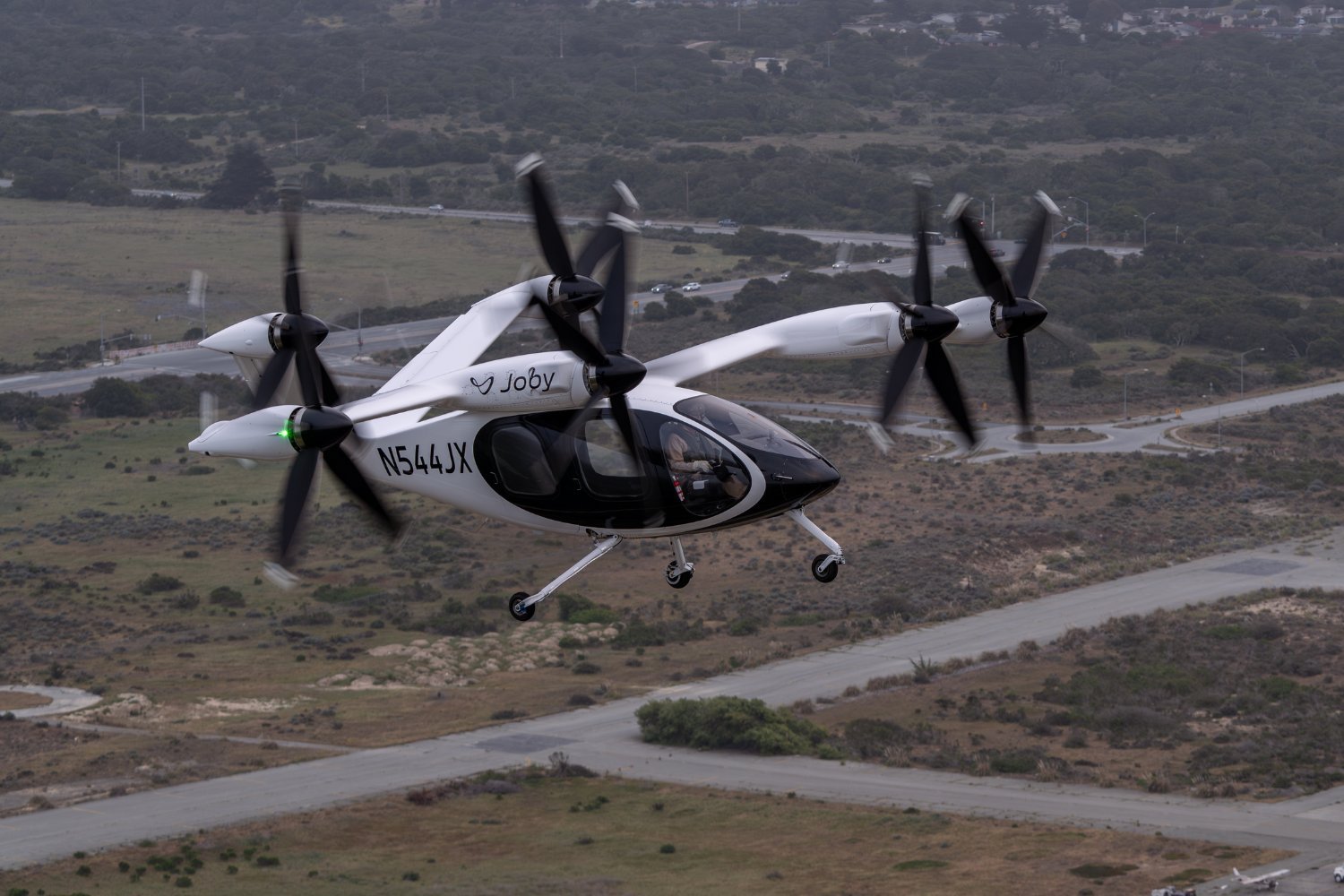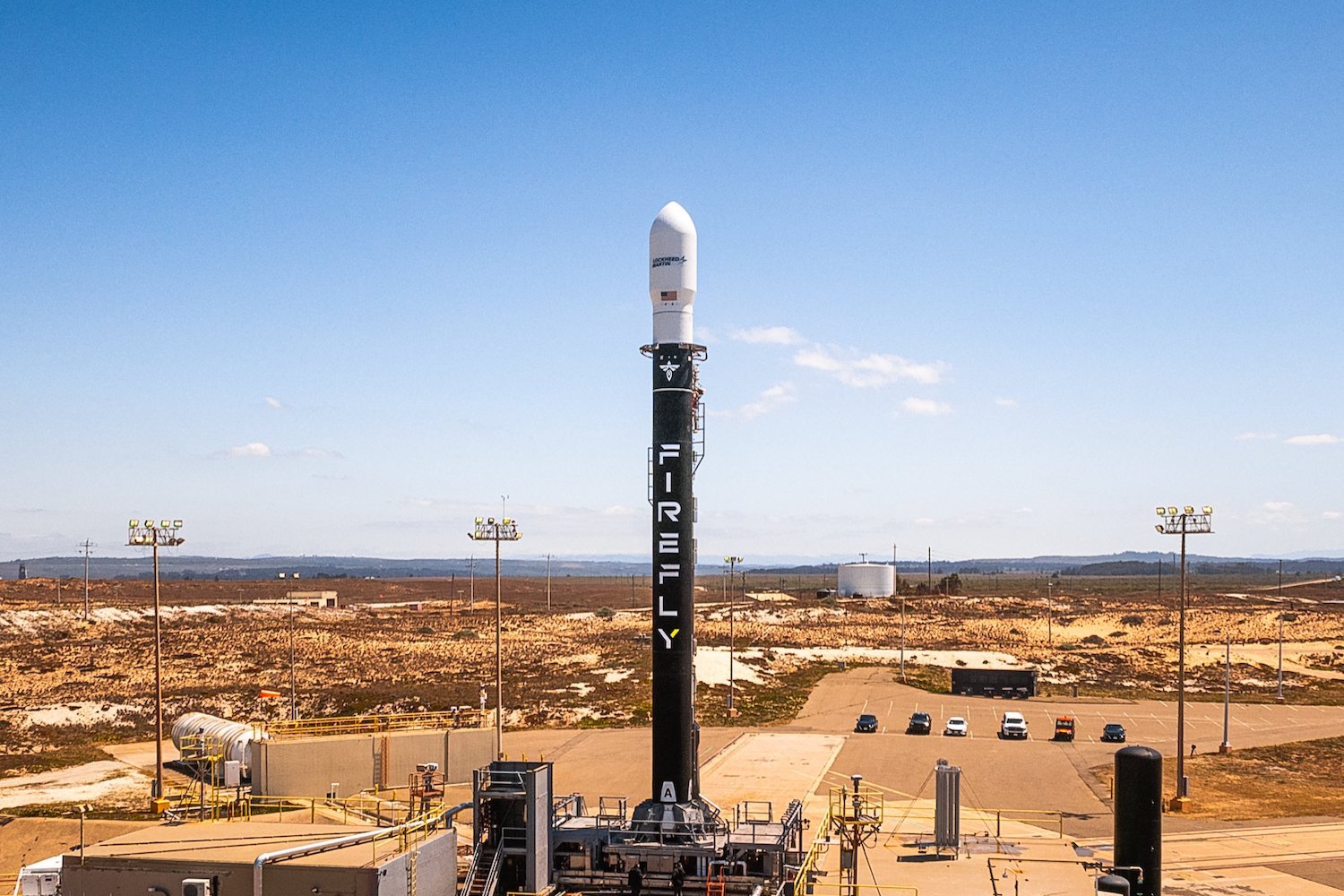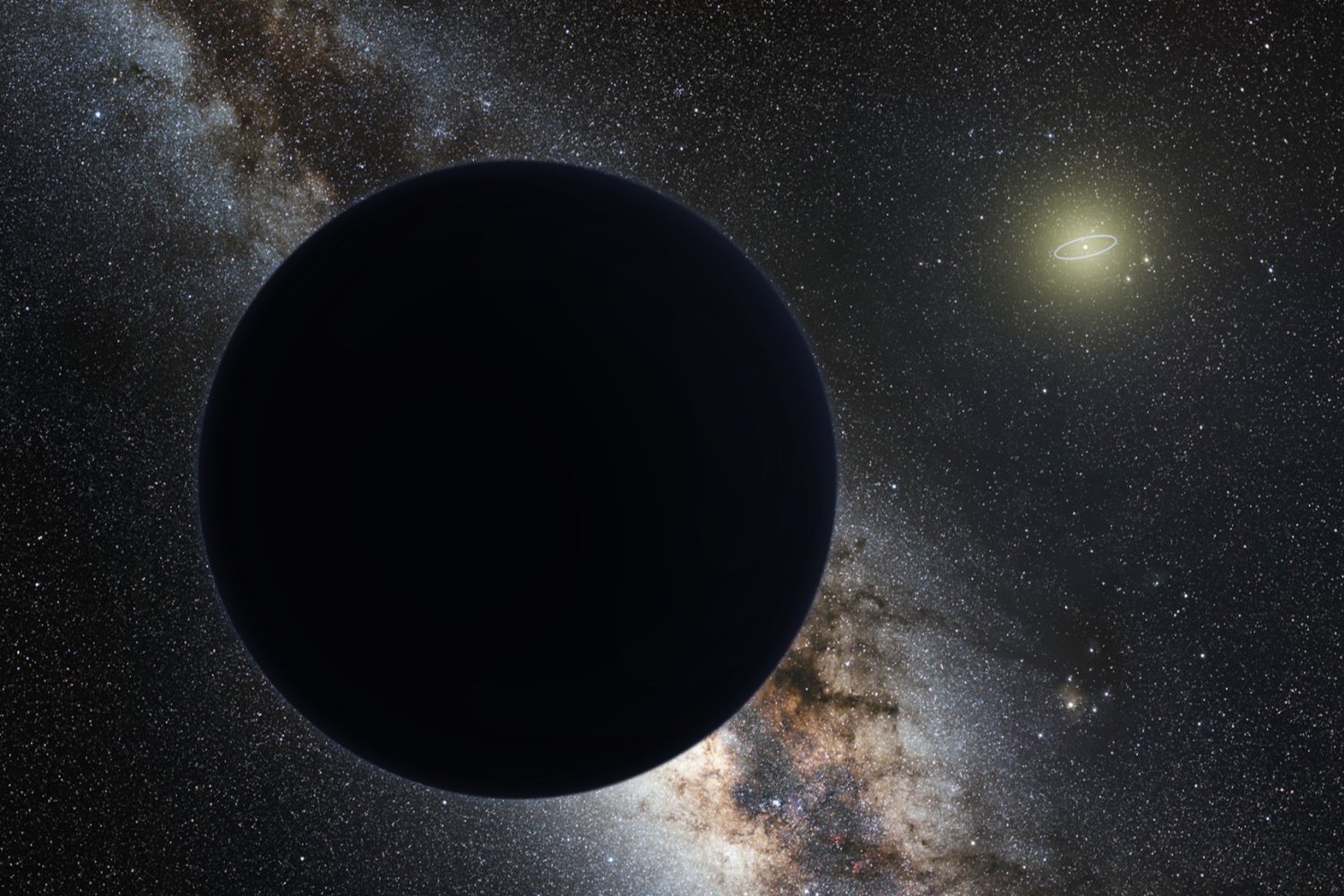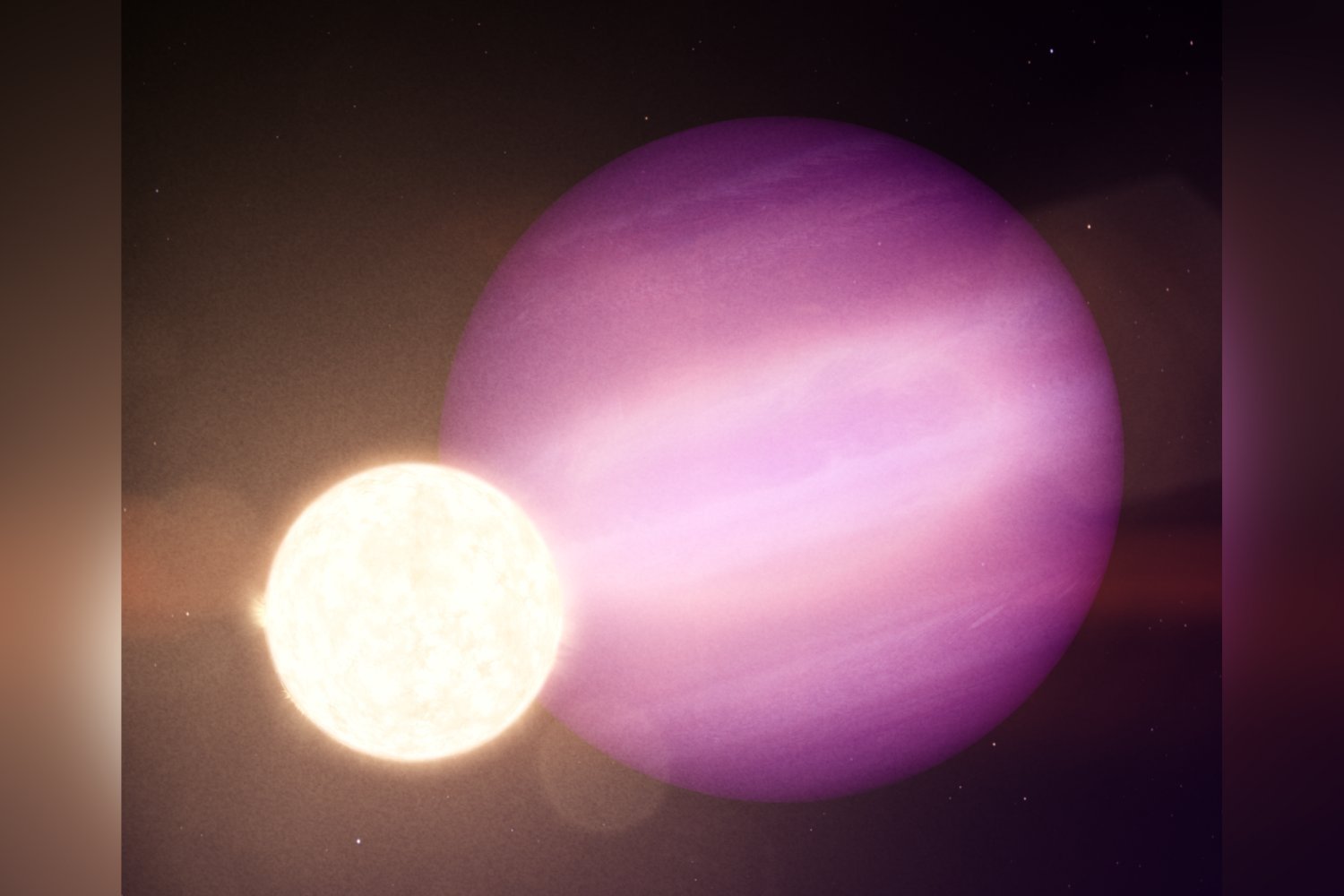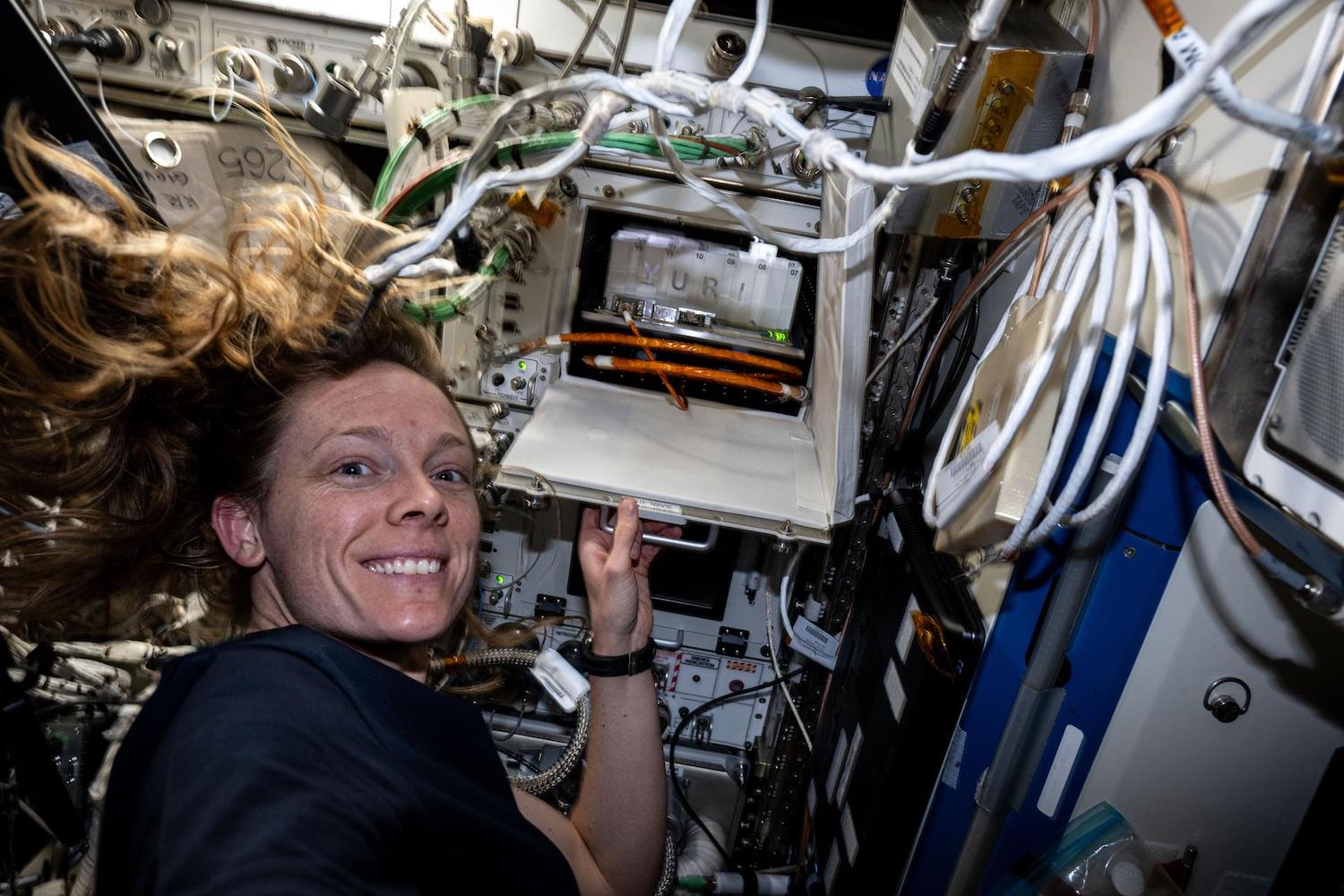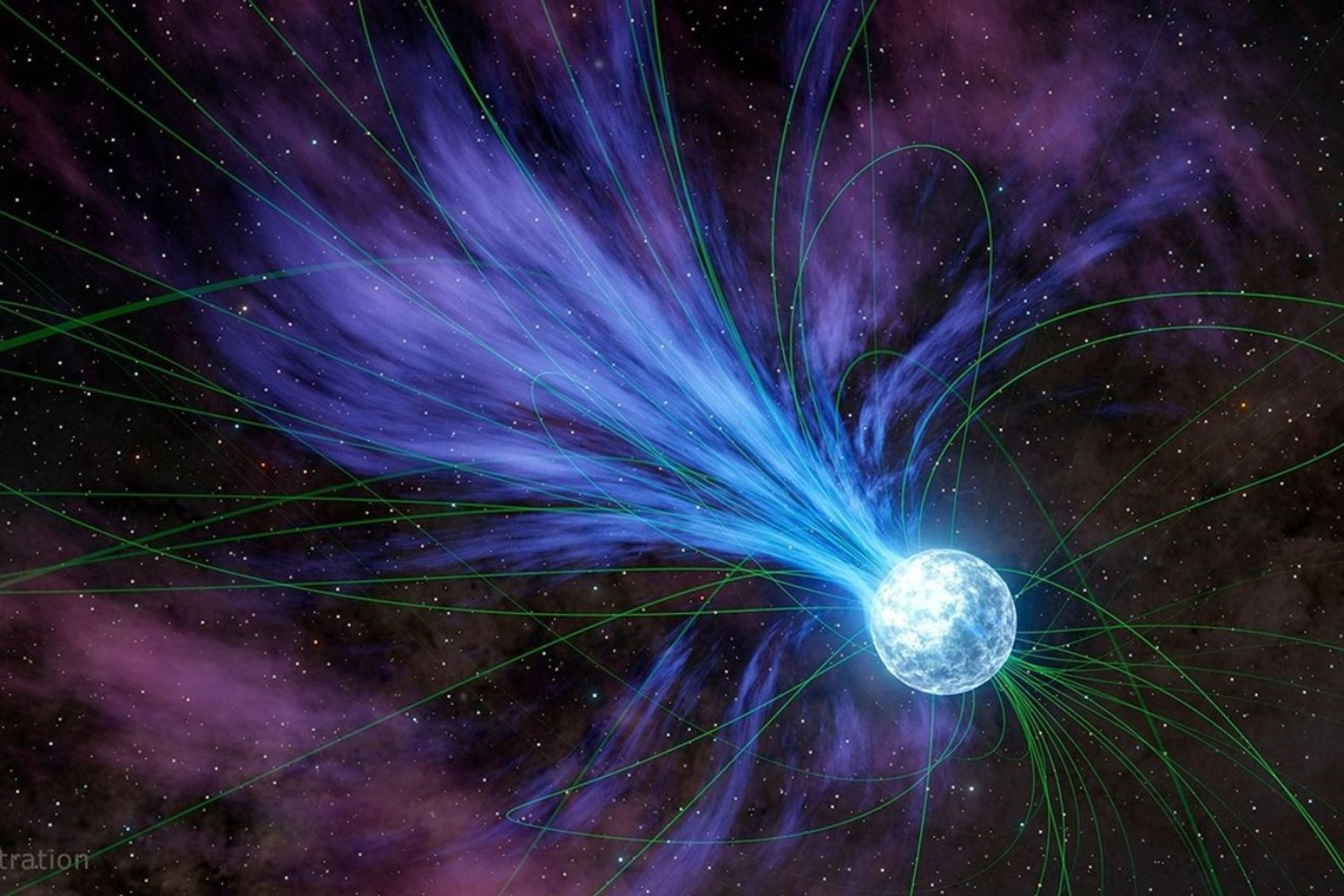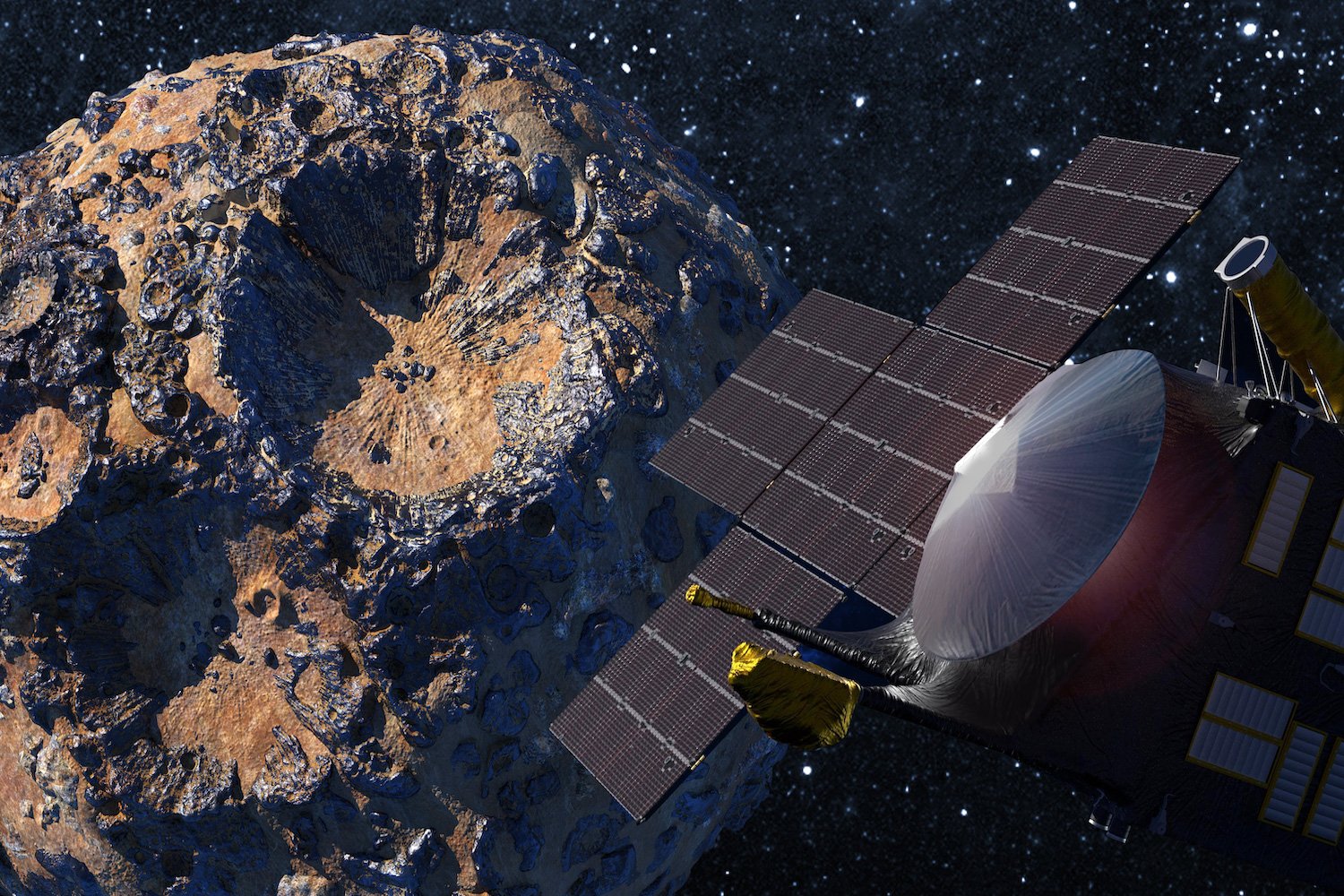Amazon has taken a significant step in its pursuit of building a low Earth orbit (LEO) satellite internet constellation, successfully deploying its first operational satellites to compete with SpaceX’s Starlink. This marks a crucial milestone in Amazon’s ambitious Project Kuiper initiative.
The Kuiper-1 mission launched on Monday, April 28, 2025, at 7:01 p.m. ET from Cape Canaveral, Florida. A United Launch Alliance (ULA) Atlas V rocket carried the first batch of 27 satellites into orbit, marking the official commencement of the long-awaited Project Kuiper constellation. Amazon confirmed successful deployment via their social media channels shortly after liftoff. The following day, the company announced successful contact with all 27 satellites, indicating initial deployment and activation sequences were progressing as planned.
Kuiper Satellites: Orbit and Propulsion
These Kuiper satellites are designed to orbit at altitudes between 367 and 391 miles (590 and 630 kilometers) above Earth. To maintain their designated orbital positions within 5.6 miles (9 kilometers), the satellites utilize an active propulsion system. This system incorporates a custom-built thruster and a krypton-filled propellant tank, designed to counteract atmospheric drag and ensure precise orbital positioning.
Project Kuiper: Amazon’s Answer to Starlink
Project Kuiper represents Amazon’s direct challenge to SpaceX’s Starlink, aiming to provide global internet access. The project faced delays, pushing back the initial satellite deployment from early 2024. Amazon faces a tight deadline imposed by the Federal Communications Commission (FCC) in 2020, requiring the deployment of 50% of its planned Kuiper satellites by 2026 and the remainder by 2029. Failure to meet these deadlines could force Amazon to seek an extension.
Amazon vs. SpaceX: The Race to Space
SpaceX, with over 7,000 Starlink satellites already in orbit, currently provides high-speed internet to 70 countries. In contrast to Elon Musk’s expansive Starlink network, Jeff Bezos envisions a smaller constellation of 3,200 LEO satellites for Project Kuiper. To achieve this, Amazon has secured 80 launches with various commercial providers, including Arianespace, ULA, and Blue Origin, Bezos’ own space venture.
Previous Kuiper Missions and Future Outlook
Prior to this launch, Amazon successfully deployed two prototype satellites, KuiperSat-1 and KuiperSat-2, aboard an Atlas V rocket in late 2022. This test mission demonstrated successful controlled maneuvering in LEO. Jeff Bezos, in an interview with Reuters, expressed confidence in the potential for multiple successful satellite internet constellations, predicting success for both Starlink and Kuiper.
Conclusion
The successful deployment of the first Kuiper satellites represents a pivotal moment for Amazon in the competitive satellite internet race. While SpaceX currently holds a significant lead, Amazon’s commitment and investment in Project Kuiper signal a determined effort to secure a prominent position in the future of global internet connectivity. The ongoing development and deployment of the Kuiper constellation promise to be a significant development in the space and telecommunications industries.



